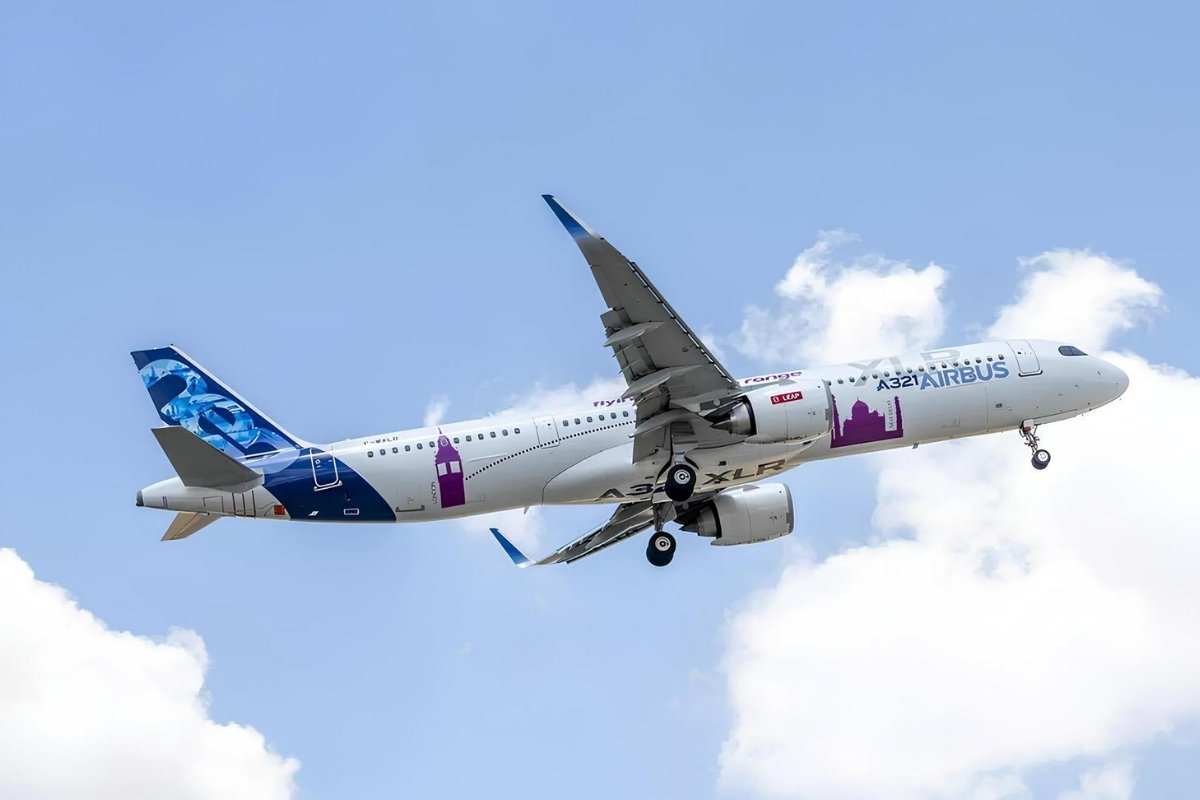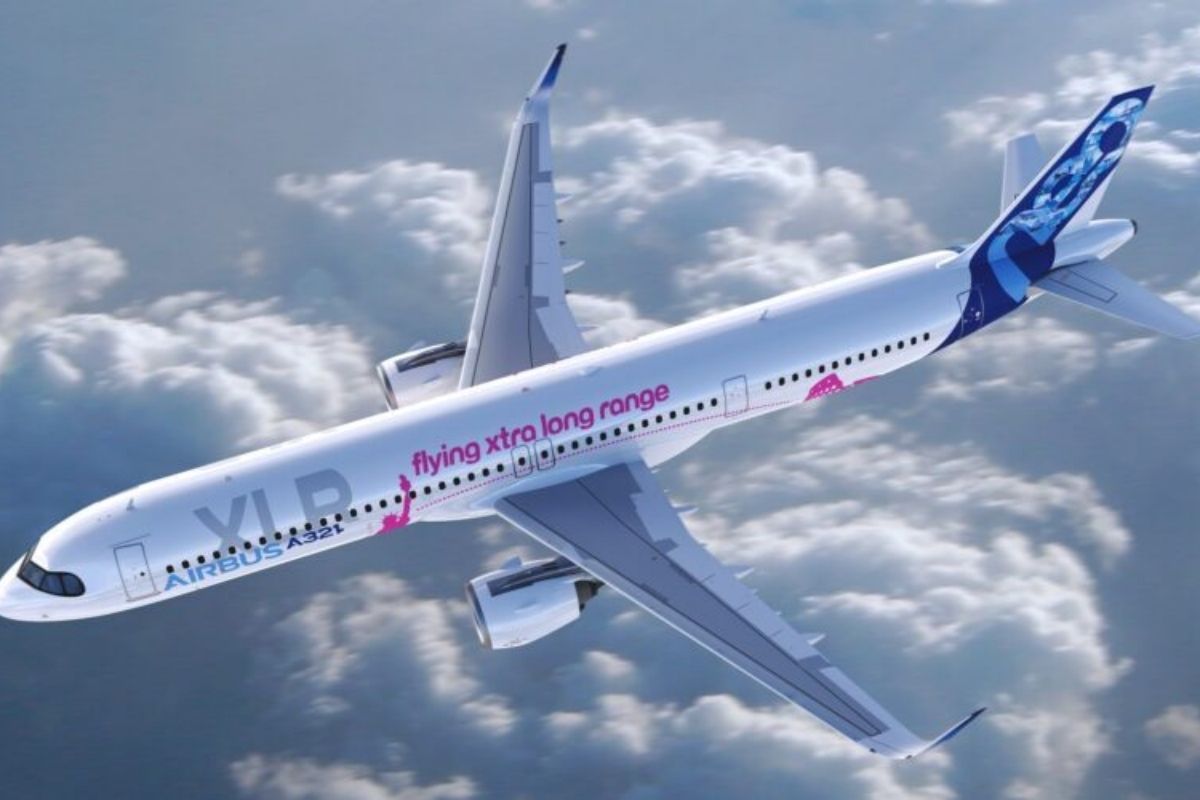Nashville’s honky-tonks are about to get even livelier this April. That’s when Aer Lingus launches its first-ever nonstop flight from Dublin to the heart of country music, marking a significant expansion in transatlantic travel. This new route is made possible by Airbus’ latest innovation—the A321XLR (Extra Long Range), a game-changing aircraft that is redefining global air connectivity.
The Airbus A321XLR: A Game-Changer in Aviation
The A321XLR is an extended-range version of the popular A321neo, capable of flying farther than any other single-aisle aircraft on the market. It boasts an impressive fuel efficiency, consuming 30% less fuel per seat than previous-generation aircraft, making it an environmentally friendly alternative for long-haul routes.
For airlines like Aer Lingus, this aircraft opens up opportunities that were previously only feasible with larger, wide-body planes like the Airbus A330 or Boeing 787. “It allows us to go to cities that we would not be able to take the risk on with a wide-body,” said Reid Moody, chief strategy and planning officer at Aer Lingus.
Aer Lingus currently operates two A321XLRs and has plans to add four more by the end of the year, further expanding its network.

Airlines Embrace the XLR’s Potential
The A321XLR has garnered significant interest from airlines worldwide. Airbus has received over 500 orders for this model from leading carriers, including:
- American Airlines
- United Airlines
- Air Canada
- Qantas Airways
- Iberia
This overwhelming demand highlights the aircraft’s appeal as a cost-effective, fuel-efficient solution for long-haul travel.
Replacing Aging Fleets and Opening New Routes
The introduction of the A321XLR is particularly significant for airlines still operating Boeing 757s, which have been flying transatlantic routes for decades but are now outdated. The last 757 rolled off the production line in 2004, and airlines like United are eager to replace them with the fuel-efficient XLRs.
Scott Kirby, CEO of United Airlines, recently announced plans to use the A321XLR to launch 10 to 12 new routes from Newark and Washington Dulles to destinations in Eastern Europe and North Africa. Similarly, American Airlines is eyeing secondary cities in Spain, Portugal, the UK, France, Germany, and Scandinavia—locations that wouldn’t typically support wide-body aircraft.
Expanding Beyond Traditional Hubs
The A321XLR’s range allows airlines to bypass major hubs, opening direct routes to smaller cities that previously lacked nonstop transatlantic service. This could significantly benefit travelers by reducing layovers and making international travel more accessible.
Moreover, airlines may use the XLR to increase flight frequency on existing routes or extend seasonal routes to year-round service. For instance, a route that currently operates only in the summer could continue through winter, thanks to the aircraft’s efficiency.

Challenges and Range Considerations
While the A321XLR is a revolutionary aircraft, it has faced some challenges. Safety modifications required by European regulators added weight to the plane, slightly reducing its maximum range from 5,400 miles to about 5,200 miles. While this range cut may not seem substantial, it could limit certain long-haul routes, such as New York to Rome.
However, most airlines remain optimistic. Iberia, which was the first to fly the A321XLR on routes between Madrid and Boston, is already planning to expand its network using this aircraft. Despite minor range concerns, the XLR is still opening doors to new possibilities in international travel.
The Future of the A321XLR
United Airlines expects to receive its first of 50 A321XLRs in early 2026, while American Airlines plans to deploy its first XLR later this year on premium transcontinental routes between New York and both Los Angeles and San Francisco.
As more airlines integrate the A321XLR into their fleets, passengers can look forward to more direct flights to previously underserved destinations, lower fares, and a more sustainable flying experience.
The Airbus A321XLR is reshaping the aviation industry, making long-haul travel more accessible, efficient, and environmentally friendly. With airlines worldwide eager to leverage its capabilities, the future of air travel is set to become more connected than ever before. Whether it’s a nonstop flight from Dublin to Nashville or new routes to emerging destinations, the A321XLR is undeniably a game-changer in global aviation.


